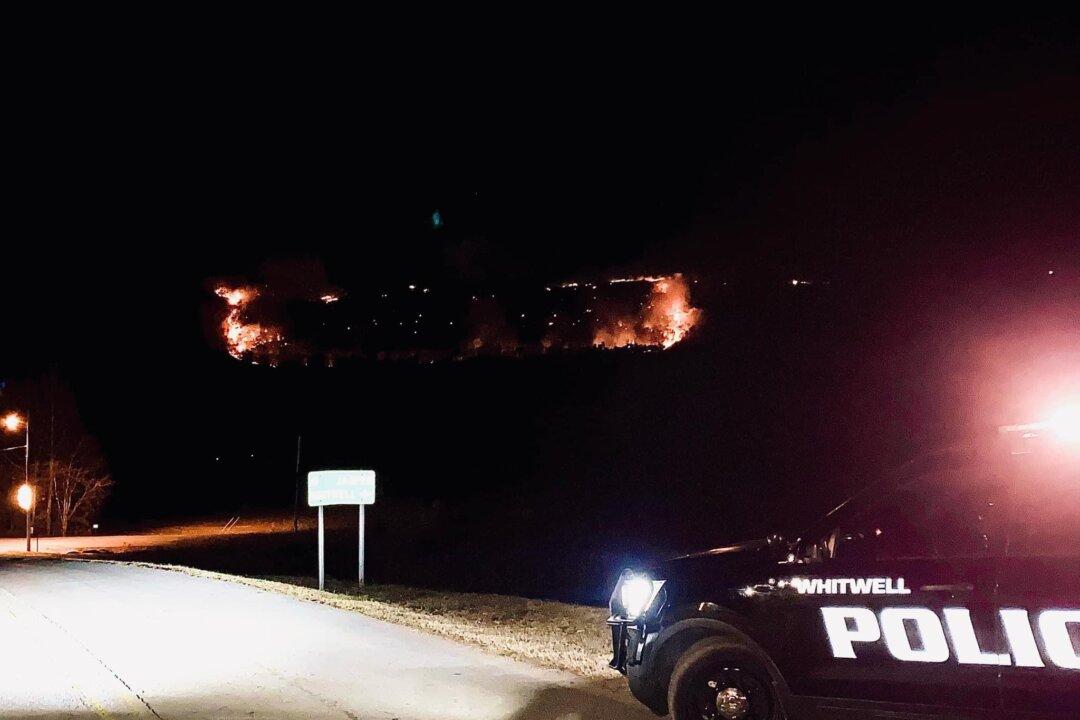Rain on Nov. 21 brought some much-needed relief to parts of the southeast that have been experiencing severe drought in many areas due to a lack of rainfall in September and October.
Elijah Worley, a climatologist at the Tennessee Climate Office (TCO) at East Tennessee State University, said in an email to The Epoch Times that the drought conditions in Tennessee, particularly since October, have led to impacts to crop yields as well as excessive buildup of fuel for wildfires.





